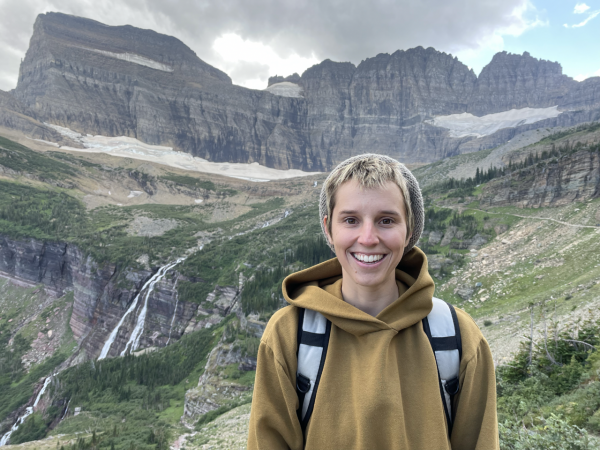Induced Seismicity in the Raton Basin (In-Person Presentation)
Margaret Glasgow
U.S. Geological Survey

- Date & Time
- Location
- In-person presentation (online via Microsoft Teams)
- Host
- Evan Hirakawa
- Summary
Fluid-injection induced seismicity has been ongoing for more than two decades in the Raton Basin, a coal-bed methane field located on the Colorado-New Mexico border. The uptick in seismicity began in 2001 approximately 10 years ahead of the central United States average. Sparse seismic instrumentation existed prior to 2015. Prior to denser instrumentation beginning in 2016, three broad zones of seismicity were identified. Each zone was suggested to host a 10-15 km long normal fault. However, denser instrumentation combined with the application of automated and machine learning methods reveal that the major zones of seismicity are composed of a series of short faults, ~1-3 km long. The faults have variable strikes and predominately normal slip. Unlike some regions of induced seismicity, the earthquake statistics (e.g., b-value, interevent time) for the Raton Basin are indistinguishable from those found in tectonic settings. Seismicity has greatly diminished in one of the three zones, the Trinidad zone, despite having hosted some of the largest earthquakes in the basin including a Mw 5.3 in 2011. We built an earthquake catalog for this zone from 2008-2022 that heavily relied on one legacy U.S. Transportable Array station. This time range includes multiple topics of interest – the lead up to the Mw 5.3 mainshock and the decline in seismicity beginning in ~2016. Unlike previous results which suggested the mainshock ruptured an anomalously long fault, ~10 km, and was low stress drop, we suggest the mainshock ruptured ~5.5 km and within an hour triggered seismicity up to ~5 km from the mainshock rupture. The recent decline in seismicity in the Trinidad zone is most likely predominately due to the 80% reduction in nearby wastewater injection but another contributor may be the diminished tectonic stress following the 2011 Mw 5.3 mainshock earthquake sequence. The Trinidad zone provides an opportunity to better understand this potentially inadvertent but seemingly effective mitigation.
Closed captions are typically available a few days after the seminar. To turn them on, press the ‘CC’ button on the video player. For older seminars that don’t have closed captions, please email us, and we will do our best to accommodate your request.
 Jump to Navigation
Jump to Navigation